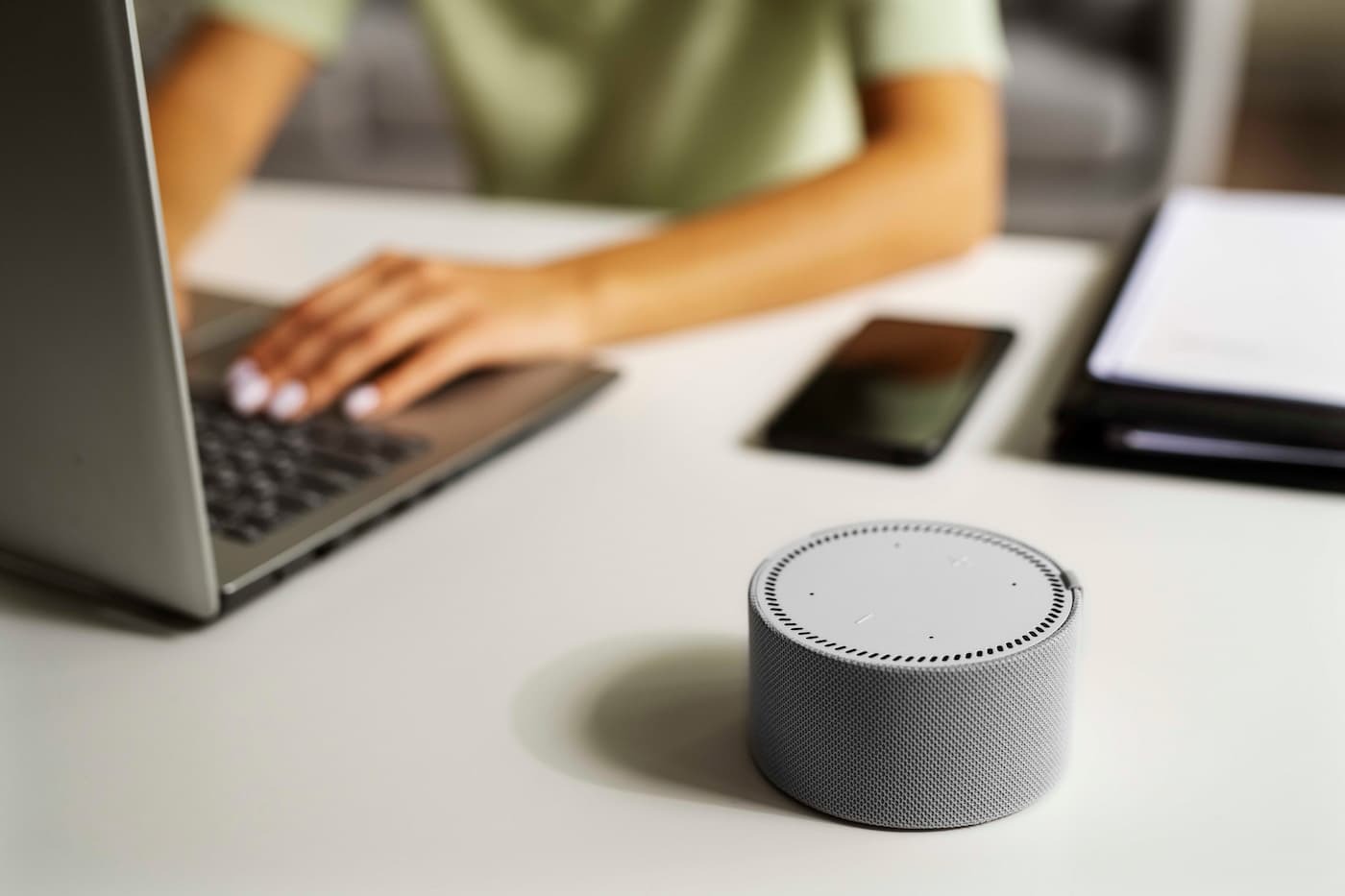Voice commerce provides an intriguing new opportunity for businesses to reach new customers and capitalize on purchase intent. This relatively new shopping channel shows a lot of promise. Here’s what eCommerce merchants need to know and can do to prepare for the rise of voice shopping.
What is voice commerce?
Voice shopping or voice commerce refers to the use of voice recognition technology to purchase products or services online. Consumers can use voice assistants like Google Assistant, Siri, or Amazon Alexa to search and shop online.
Voice-activated shopping is still a relatively small part of the overall eCommerce market. However, this shopping channel is growing rapidly. Globally, purchases made using voice assistance increased from $4.6 billion in 2021 to nearly $20 billion in 2023. That translates to nearly 400% growth in two years, a strong signal that voice shopping is taking off among consumers.
How does voice-activated shopping work?
Voice assistants use natural language processing (NLP) to interpret a consumer’s request and take action. For example, a user might say, “Alexa, I want to buy hand soap.” Alexa will then ask questions to help the consumer find the right fit for their request—an experience akin to working with an in-store sales rep who can recommend the right product.
Voice assistants can also access a user’s purchase history to speed up the entire experience. In the above example, Alexa may simply access the person’s Amazon history to add the hand soap they’ve repeatedly purchased to the cart. Artificial intelligence integrated into the voice assistant helps it serve product recommendations personalized to the user’s taste.
Voice commerce even allows for payment processing. Google Assistant, for instance, pairs with Google Pay to enable peer-to-peer payments and voice payments at certain retailers. Google Assistant allows the user to say simply, “Hey Google! Send Maria $15 for those movie tickets.” The user is then prompted to confirm and authorize the voice payment with a fingerprint, voice match, or face scan, depending on the device.
Google Assistant also allows for limited voice payments today at approved Google Shopping retailers that are available in certain areas. Whole Foods, PetSmart, Walgreens, and Kohl’s are just a few businesses offering voice selling through Google Assistant.
Benefits—and challenges—of voice selling
Voice commerce represents an exciting opportunity for businesses to connect with customers anywhere, anytime. Traditionally, storefront businesses had to increase foot traffic to gain sales, and eCommerce merchants had to encourage site visits and relied on shoppers to be on their devices. Voice selling, on the other hand, enables merchants to be where the customer is at all times. And, it’s much easier to capture spontaneous impulse purchases using this method.
Voice selling makes it more convenient for shoppers to complete a purchase. eCommerce sellers can lower cart abandonment rates by making it convenient for someone to check out with a single command. Voice transactions don’t require a shopper to fill out their shipping and billing information. Instead, the entire experience happens in one moment.
As merchants build their omnichannel approach to customer experience, voice can play an integral role. Clover’s eCommerce solutions are built to sync orders, inventory, and customer data across all channels.
Voice commerce is rising in popularity, but it’s not mainstream just yet. There are still barriers to widespread adoption that merchants should consider and prepare to overcome. Voice commerce requires customers to understand the ins and outs of using voice assistants, which also requires having a device that offers this technology. Not all households are fluent or comfortable using voice-assisted technology.
Research suggests that 50% of Americans use voice search daily. However, there’s still a sense of distrust and privacy concerns regarding voice assistants. A 2018 study from PwC reported that “one out of every four consumers would not consider shopping through their voice assistant now or in the future.” Attitudes are shifting, but it may be a while still before consumers trust voice-selling technology with their payment information.
Prepare for the rise of voice shopping
eCommerce merchants can start preparing for the uptake in voice shopping by making some key changes to their online stores.
First and foremost, consider how a voice-activated assistant will likely scan your site to identify products or services. Update product descriptions with keywords that reflect the way someone would talk, rather than type. Voice queries tend to be longer than text searches.). For instance, someone will ask, “Hey Alexa, What’s the best dog food for a toy poodle?” rather than, “toy poodle dog food.”
It’s also useful to start exploring how voice commerce will integrate with your existing systems from a technological standpoint. How can you sync voice transactions with inventory, accounting, and CRM? Clover eCommerce is one solution that allows sellers to track all sales channels in one dashboard – accessible on the Web or through your mobile device.
Consider the user experience, too. Voice commerce has to blend with your overall retail strategy. Explore if, and how, this new channel can bring greater personalization, convenience, and/or choice to the customer experience. If it doesn’t seem to add value, it might not be worth the investment.
Clover offers eCommerce solutions designed to help merchants build and grow their businesses. Be sure to reach out to a Clover Business Consultant for more information.






